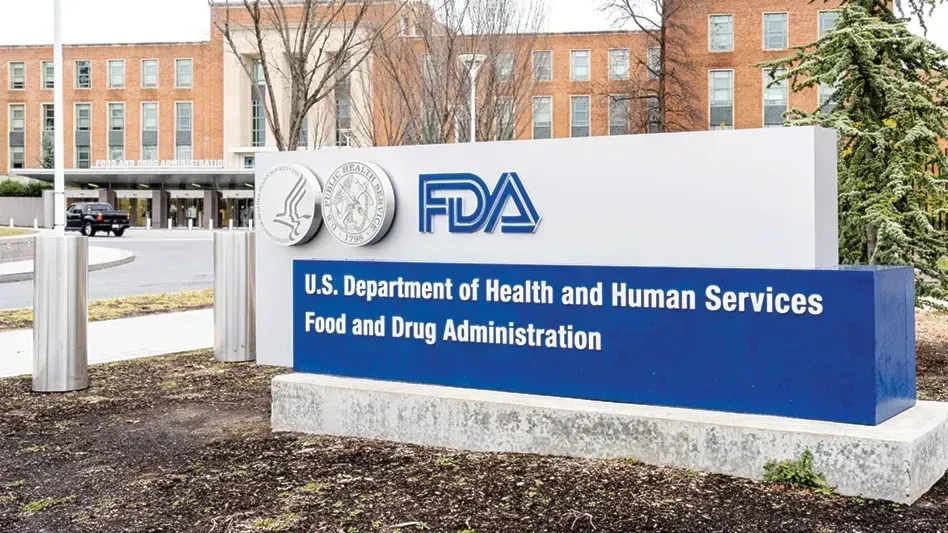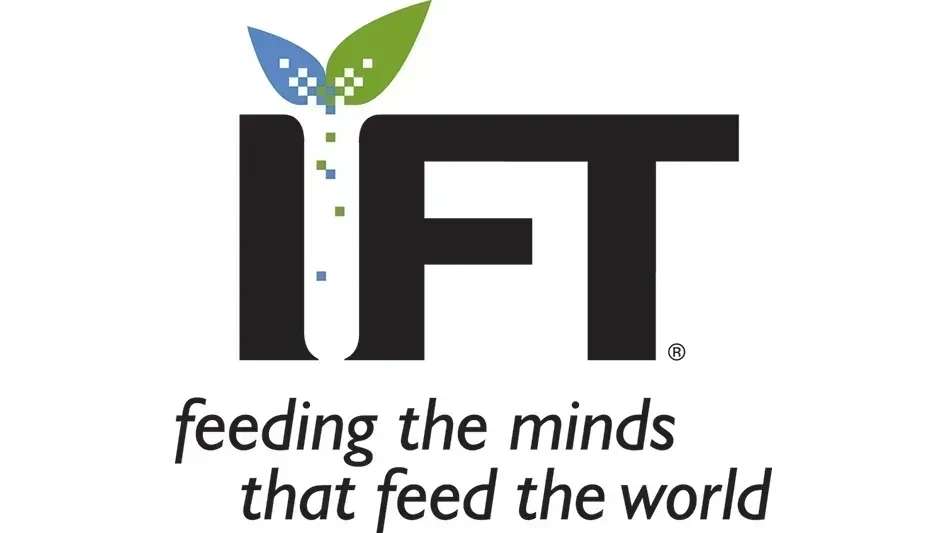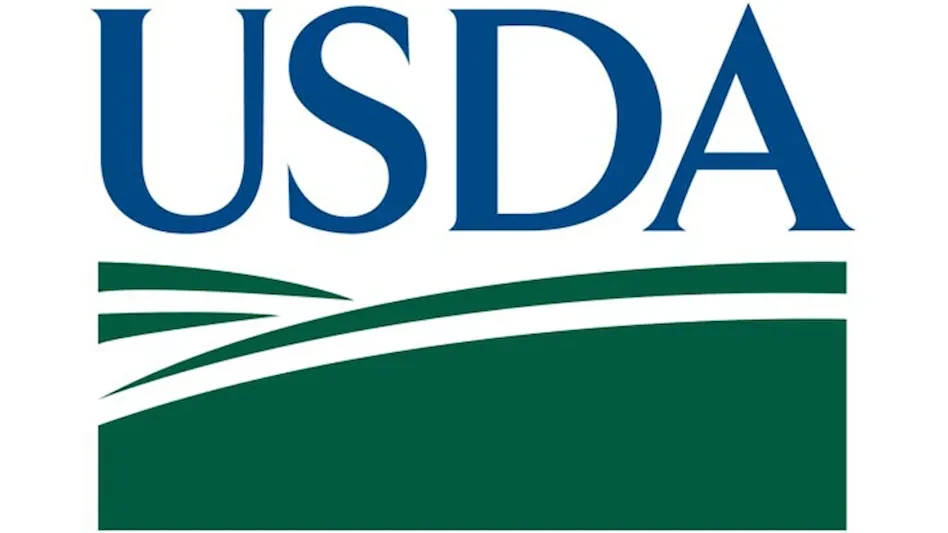
The U.S. Food and Drug Administration (FDA) reached a significant milestone with approval of its reorganization involving the creation of a unified Human Foods Program (HFP), adoption of a new model for its field operations and other significant modernization efforts. The reorganization implementation is targeted for Oct. 1, notably enhancing the agency’s ability to oversee and protect the human food supply and other products the FDA regulates.
The agency said the reorganization will enable it to be more efficient, nimble and prepared for the ever-changing and complex industries it regulates, new food and medical product technologies, as well as the impacts of globalization, climate change and other factors that require the agency to quickly adapt.
“This is a distinctive moment for the FDA,” said FDA Commissioner Robert M. Califf, M.D. “I’m very pleased to see that after a year and a half of arduous work and effort put into this transformative vision for the FDA Human Foods Program and the architecture of the agency, we are a step closer to seeing the largest reorganization of the agency in recent history come to life this fall. This reorganization has been a major undertaking for the FDA, and I am proud of what we will be able to accomplish more efficiently and collaboratively to better meet our public health mandate.”
The creation of a unified HFP will allow the agency to more effectively realize the preventive vision laid out in the FDA Food Safety Modernization Act, elevate the importance of nutrition, strengthen local, state and international partnerships and position the FDA to regulate innovative food and agricultural products more effectively. In addition, the agency will be better positioned to uphold the safety of the nation’s food supply and respond to food-related emergencies, such as the 2022 infant formula shortages.
The reorganization establishes the HFP by realigning the functions of the Center for Food Safety and Applied Nutrition, the Office of Food Policy and Response, as well as key functions from the Office of Regulatory Affairs (ORA) under one program.
Steven Mandernach, executive director of the Association of Food and Drug Officials (AFDO), weighed in on the announcement.
"We appreciate Commissioner Califf’s commitment to improving the FDA Human Foods Program," said Mandernach. "Deputy Commissioner Jim Jones has been engaging and making excellent steps to move the program forward. The approval of the reorgnization allows for a much fuller implementation of the vision of the broad human food stakeholder community. We look forward to collaborating with the Deputy Commissioner and his team to help make human foods even safer in the United States."
Additionally, the restructuring of ORA will enable the FDA’s field operations unit to focus on inspections, investigations and imports as its core mission. The FDA is changing the name of ORA to the Office of Inspections and Investigations (OII) to better convey the organization’s role as the frontline of the FDA, which provides real-time insights and science-based evidence necessary to ensure the safety and quality of products Americans depend on.
The agency is committed to a modernized FDA that optimizes resources to help meet the agency’s public health mission; provides employees with clearer priorities and greater career opportunities; and complies with the recently enacted Food and Drug Omnibus Reform Act of 2022, which mandates the establishment of the Office of Critical Foods, and the Modernization of Cosmetics Regulation Act of 2022 to ensure the safety of cosmetics products.
A full list of the changes can be found in the Federal Register notice.
The FDA said it is grateful for the support and guidance provided by the Congress, the U.S. Department of Health and Human Services, the Office of Management and Budget and others in the external review chain.
The centers and offices impacted by the reorganization are creating new processes and procedures needed to ensure a seamless transition to the new structure. Meeting our labor obligations remains a priority for the agency and as such, the agency will continue formal union negotiations and finalize agreements prior to implementation.
Latest from Quality Assurance & Food Safety
- Multistate E. coli Outbreak Linked to Iceberg and Romaine Lettuce Blend
- FDA, USDA Seek Information About Food Date Labeling
- William Marler, Food Safety Advocate and Lawyer, Condemns Lack of Safety of U.S. Food Supply
- AFDO Infographics Illustrate State-Level Impact of FDA’s Proposed Budget Cuts
- Multistate Outbreak of Salmonella Typhimurium Linked to Cucumbers
- USDA Begins National Milk Testing Strategy to Address H5N1 in Dairy Herds
- USDA Announces Grain Inspection Advisory Committee Appointments
- Eagle Product Inspection Highlights FA3/M Fat Analysis Machine for Meat Inspection





